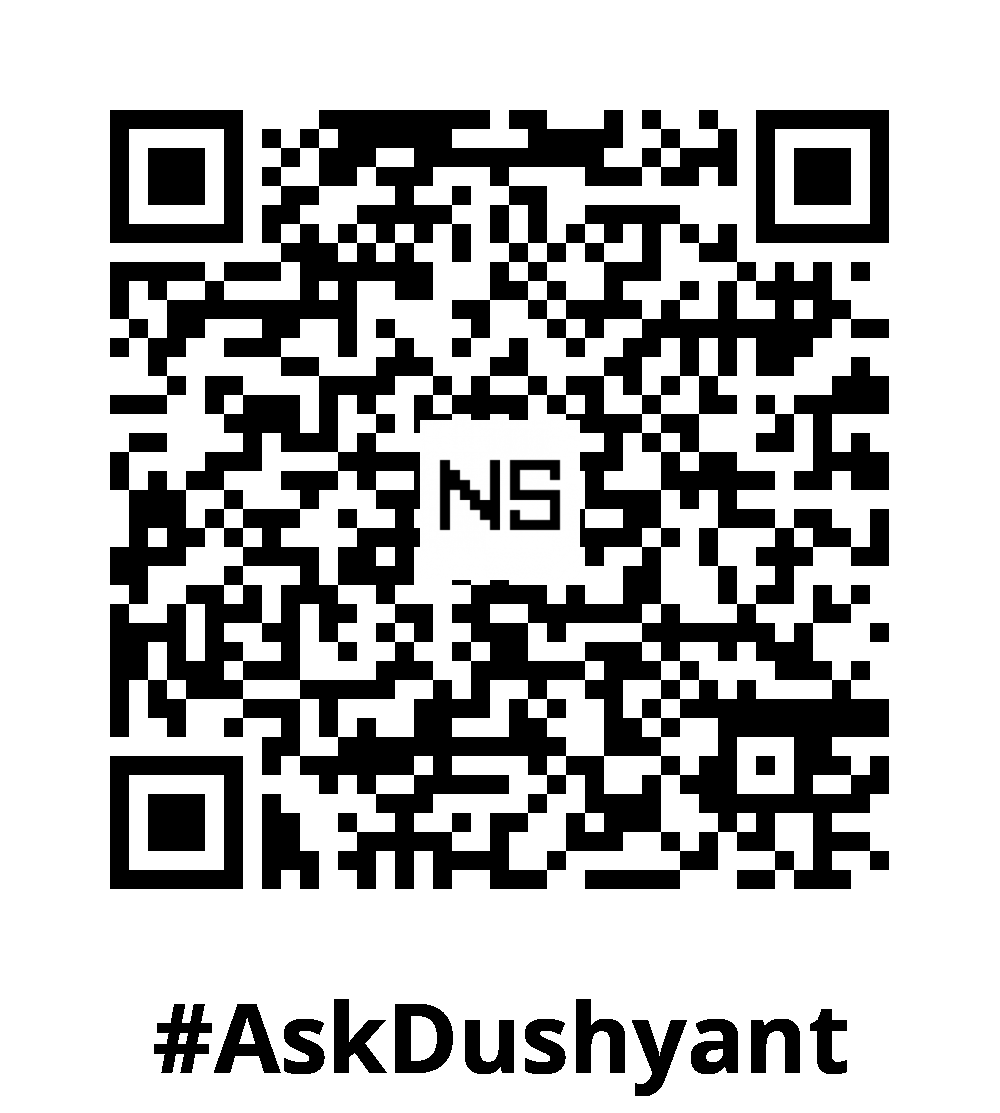Hugging Face is an essential platform for AI and machine learning enthusiasts, offering a treasure trove of resources, pretrained models, and easy-to-use tools. If you’re just starting with AI, ML or Natural Language Processing (NLP), you’ve come to the right place. For ~20 years in corporate experience, I’ve been part of building the future of tech, from writing millions of lines of code to leading transformative initiatives that fuel remarkable business growth. I empower startups and scalable businesses to harness tech power and make a real-world impact. In this tech concept, I’ll walk you through all the necessary concepts you need to know to get started with Hugging Face, from the very basics of AI to deploying powerful models.
1. Understanding the Basics of AI & ML
Before diving into Hugging Face, it’s crucial to grasp the foundation of Artificial Intelligence (AI) and Machine Learning (ML). Here are the core concepts:
- Machine Learning (ML): The process of training algorithms to learn patterns from data, and then make predictions or decisions.
- Deep Learning (DL): A subset of ML that uses neural networks with many layers to model complex patterns.
- Natural Language Processing (NLP): Techniques and models for enabling machines to understand, interpret, and generate human language.
- Transformers: A cutting-edge architecture for NLP tasks. Models like BERT, GPT, and T5 are built using the Transformer architecture, which revolutionized NLP.
Once you get comfortable with these concepts, you’ll have the knowledge needed to start using Hugging Face effectively.
2. Introduction to Hugging Face
Hugging Face is a leader in the AI community, offering a rich ecosystem for developers and researchers. Their main components include:
- 🤗 Transformers Library: A vast collection of pretrained NLP models like BERT, GPT, T5, DeepSeek and more.
- 🤗 Datasets: Access to massive datasets for training and testing machine learning models.
- 🤗 Tokenizers: Fast and efficient tools for preparing text for transformer models.
- 🤗 Model Hub: A repository of thousands of community and official machine learning models.
- 🤗 Spaces: A platform to deploy machine learning models with web interfaces.
- 🤗 Accelerate: A tool to speed up training and deployment on multiple devices.
3. Setting Up Hugging Face
Getting started with Hugging Face is simple. First, install the necessary libraries via pip:
pip install transformers datasets tokenizers
Once the libraries are installed, you can import them into your Python script:
from transformers import pipeline
With Hugging Face’s easy-to-use libraries, you’re now ready to jump into the world of powerful NLP models.
4. Using Pretrained Models
Hugging Face makes it incredibly easy to use pretrained models for various NLP tasks. Let’s walk through an example where we use a text generation model like GPT-2:
from transformers import pipeline
generator = pipeline("text-generation", model="gpt2")
print(generator("Once upon a time,"))
You can also use other models for tasks like:
- Sentiment Analysis:
pipeline("sentiment-analysis") - Text Summarization:
pipeline("summarization") - Machine Translation:
pipeline("translation_en_to_fr") - Question Answering:
pipeline("question-answering")
5. Understanding Tokenization
Transformers don’t understand raw text directly. The text must first be tokenized (converted into tokens) for the model to process it.
Here’s how you can tokenize text using the BERT tokenizer:
from transformers import AutoTokenizer
tokenizer = AutoTokenizer.from_pretrained("bert-base-uncased")
tokens = tokenizer("Hello, how are you?", return_tensors="pt")
print(tokens)
Tokenization is a crucial step before feeding text into any transformer model.
6. Loading and Fine-Tuning Models
Hugging Face allows you to load pretrained models and fine-tune them on your own dataset. Here’s how you can load a model like BERT for sequence classification:
from transformers import AutoModelForSequenceClassification
model = AutoModelForSequenceClassification.from_pretrained("bert-base-uncased")
Fine-tuning involves taking a model that’s already been trained on large datasets and adjusting it on your own data to improve its performance on a specific task.
7. Using Hugging Face Datasets
Hugging Face provides a collection of datasets that you can load directly. This makes it incredibly easy to train your models. Here’s an example of how to load the IMDB dataset:
from datasets import load_dataset
dataset = load_dataset("imdb")
print(dataset["train"][0])
This dataset contains movie reviews, and you can use it to train sentiment analysis models.
8. Training Custom Models
For those looking to create their own models, Hugging Face allows you to train from scratch or fine-tune models. Here’s an example using the Trainer API for model training:
from transformers import Trainer, TrainingArguments
training_args = TrainingArguments(output_dir="./results", num_train_epochs=3)
trainer = Trainer(model=model, args=training_args, train_dataset=dataset["train"])
trainer.train()
Training models requires significant computational power, so it’s good to be familiar with cloud platforms or local GPUs.
9. Deploying Models with Hugging Face Spaces
Once you have trained your model, you can deploy it using Hugging Face Spaces, which supports frameworks like Gradio and Streamlit to build interactive web UIs.
Here’s an example of how to build a simple Gradio app to deploy a question-answering model:
import gradio as gr
from transformers import pipeline
qa_pipeline = pipeline("question-answering", model="distilbert-base-uncased")
def answer_question(context, question):
return qa_pipeline({"context": context, "question": question})["answer"]
gr.Interface(fn=answer_question, inputs=["text", "text"], outputs="text").launch()
Deploying models in Spaces makes it simple to share your work with the world.
10. Advanced Topics
Once you’re comfortable with the basics, you can explore more advanced topics in Hugging Face:
- Hugging Face Accelerate: Optimizes large-scale model training.
- PEFT (Parameter Efficient Fine-Tuning): A technique for fine-tuning large models with minimal resources.
- Autotrain: A platform that allows you to train models with little to no coding.
My Tech Advice: Hugging Face has revolutionised the landscape of Generative AI, streamlining and simplifying my AI workflow like never before. It’s easy to use powerful toolkit in Natural Language Processing and Artificial Intelligence offers a wide array of pretrained models, datasets, and tools that allow you to quickly and efficiently build, fine-tune, and deploy models. Whether you’re a beginner or an experienced developer, Hugging Face provides everything you need to build cutting-edge AI systems.
#AskDushyant
#TechConcept #TechAdvice #AI #ML #HugginFace


Leave a Reply